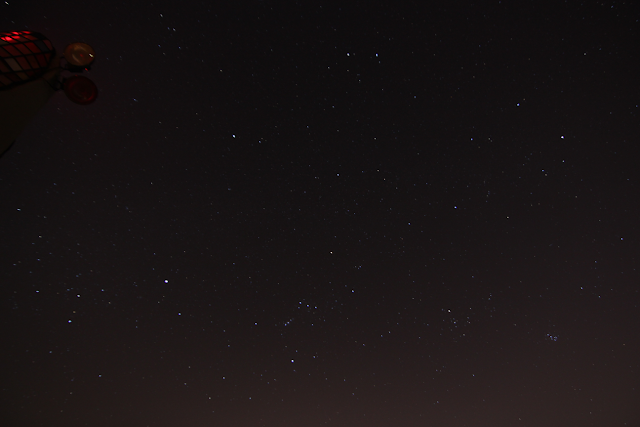Hello and welcome to a fresh and exciting "Carnival of Space".
Here are the articles from our contributors:
From Universe Today:
- NASA’s New Asteroid Alert System Gives 5 Whole Days of Warning
- China Just Launched Its Largest Rocket Ever
- Monster Meteorite Found in Texas
From BlastingNews:
- Congressman touts lunar resources as a way to jump-start space exploration
- Team Indus gets a launch contract for a private moon mission
- Moon Express proposed Lunar Scout Program for NASA payloads to the moon
- NASA takes the next step toward commercial partnerships for lunar exploration
From LinksThroughSpace (This is the 2nd article in a series!):
- From 2014 to 2016 I visited 2 separate prehistoric rock art sites in Morocco. I went to do a research on a possible connection between astronomy and prehistoric rock art. This article relates my adventure in ancient astronomy. Please read my series of 4 articles on Archaeoastronomy and the prehistoric rock art site that i studied. This is 2/4: Village of Ait Ouazik, Southern Morocco and the village of Oukaimeden, Atlas Mountains, Morocco.
From Planetaria:
- New Horizons finishes returning Pluto data to Earth before continuing farther into Kuiper Belt
From NextBigFuture
- The new Long March 5 rocket launched successfully on Thursday. The rocket could be used to support a Chinese space station and send an uncrewed mission to Mars. The new Long March 5 rocket launched successfully from the Wenchang Space Launch Center. The rocket measures 187 feet, making it the largest produced by China. It can carry 25 tons of payload into low-Earth orbit. The rocket carried a satellite that will be used to test a variety of technologies, from observing space debris to electric propulsion.
- On October 5th 2016, Ranga Dias and Isaac F. Silvera of Lyman Laboratory of Physics, Harvard University released the first experimental evidence that solid metallic hydrogen has been synthesized in the laboratory. It took 495 GPa pressure to create. The sample is being held in the cryostat in liquid nitrogen. Atomic metallic hydrogen, if metastable at ambient pressure and temperature could be used as the most powerful chemical rocket fuel, as the atoms recombine to form molecular hydrogen. This light-weight high-energy density material would revolutionize rocketry, allowing single-stage rockets to enter orbit and chemically fueled rockets to explore our solar system. To transform solid molecular hydrogen to metallic hydrogen requires extreme high pressures.
- Harvard researchers have studied and observed solid hydrogen under pressure at low temperatures. With increasing pressure we observe changes in the sample, going from transparent, to black, to a reflective metal, the latter studied at a pressure of 495 GPa. They have measured the reflectance as a function of wavelength in the visible spectrum finding values as high as 0.90 from the metallic hydrogen. They have fit the reflectance using a Drude free electron model to determine the plasma frequency of 30.1 eV at T= 5.5 K, with a corresponding electron carrier density of 6.7x10^23 particles/cm3 , consistent with theoretical estimates. The properties are those of a metal. Solid metallic hydrogen has been produced in the laboratory. * they have made some metallic hydrogen and have it in a cryostat in liquid nitrogen * they might leave it under pressure and let it warm to room temperature or they could keep it cold and release the pressure * they are planning to test for high temperature superconductivity
- The telescope element of the James Webb Space Telescope (JWST), the largest space telescope ever constructed, stands completed in an enormous clean room at NASA's Goddard Space Flight Center. JWST will now go through a series of rigorous tests, including shaking and noise tests to simulate launch conditions, and cryogenic tests to make sure it can stand up to the frigid conditions of space. This telescope element of JWST includes the optical components and science instruments. After testing, the telescope will be affixed to a sunshield to prevent thermal heating and a spacecraft bus that contains the propulsion and communication systems to complete JWST. Launch is scheduled for October 2018.
And my own archive article to celebrate the coming winter:
- The Winter Hexagon
 |
| The Winter Hexagon |
